Doin’ You: Street Chai
 harshbir Kang
harshbir KangA couple of years ago, I had the privilege of being able to watch a street vendor in Amritsar, India make a pot of chai. I stood facing a construction site in front of a dusty alleyway chiming with the clinking of bricks, the humidity forcing the frigid winter air straight into my bones. Even I — a veteran of nearly two decades of Edmonton weather — felt my body shiver. I bought a cup of his chai, and the miserable feeling of freezing to death instantly went away. After hearing a friend cry out desperately for a warm drink during our own cold spell, and seeing the effect this recipe had on him, I endeavoured to spread the knowledge of my sagely street saviour.
I’m obliged to begin by pointing out that one should never use the term “Chai tea,” as the word “Chai” simply means tea, so you are literally saying “tea tea,” which is ghastly, awful and just so wrong. Ethnic insights aside, let’s begin.
You will need:
- Tea leaves (any kind of loose-leaf black tea should do — Lipton yellow label is a popular option, as is a 2:1 mixture of Lipton Green Label and Brooke Bond Red label)
- Ground cardamom (a pinch or so per cup)
- Grated ginger (a teaspoon or so per cup)
- Ground cinnamon (about half a teaspoon or so per cup)
- Fennel seeds (about a pinch per cup)
- Sugar or wild honey to taste
- Full-fat milk or cream.
***
- In a saucepan, bring water to a boil with ginger, cinnamon, cardamom, and fennel seeds. It’s best to use the drinking vessel to measure out the water. For the best flavour infusion, be sure to add the spices to cold water.

Harshbir Kang - After a few minutes of vigorous boiling, remove the saucepan from the heat and add your tea leaves. Steep for five minutes or longer if you prefer a stronger brew.

Harshbir Kang - Add the sugar or wild honey to taste. These can also be added to the individual cups after the chai is poured.
- Add full-fat milk or cream until to start to see a medium-dark beige colour.
- Put the saucepan back on to the heat and bring to a boil. If you’re feeling particularly bold, bring to a boil three times. Be careful not to let the pot boil over.

Harshbir Kang - Strain the chai into the desired vessel and enjoy.


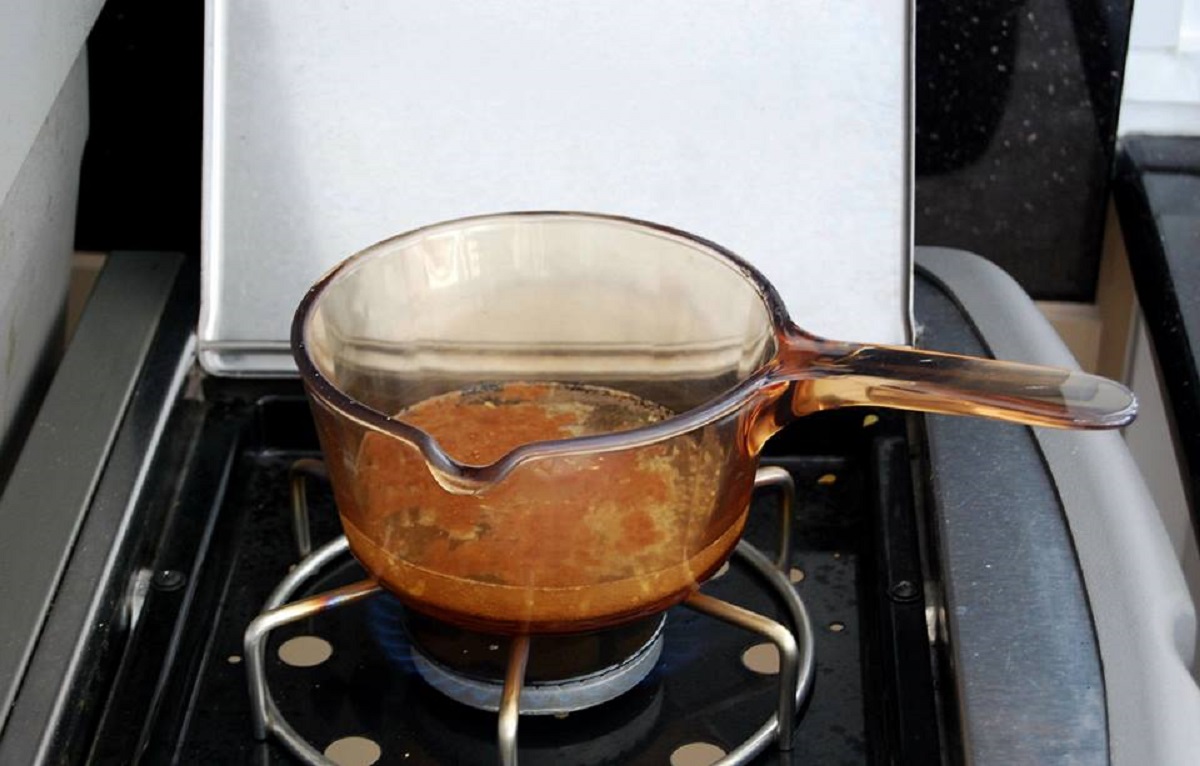
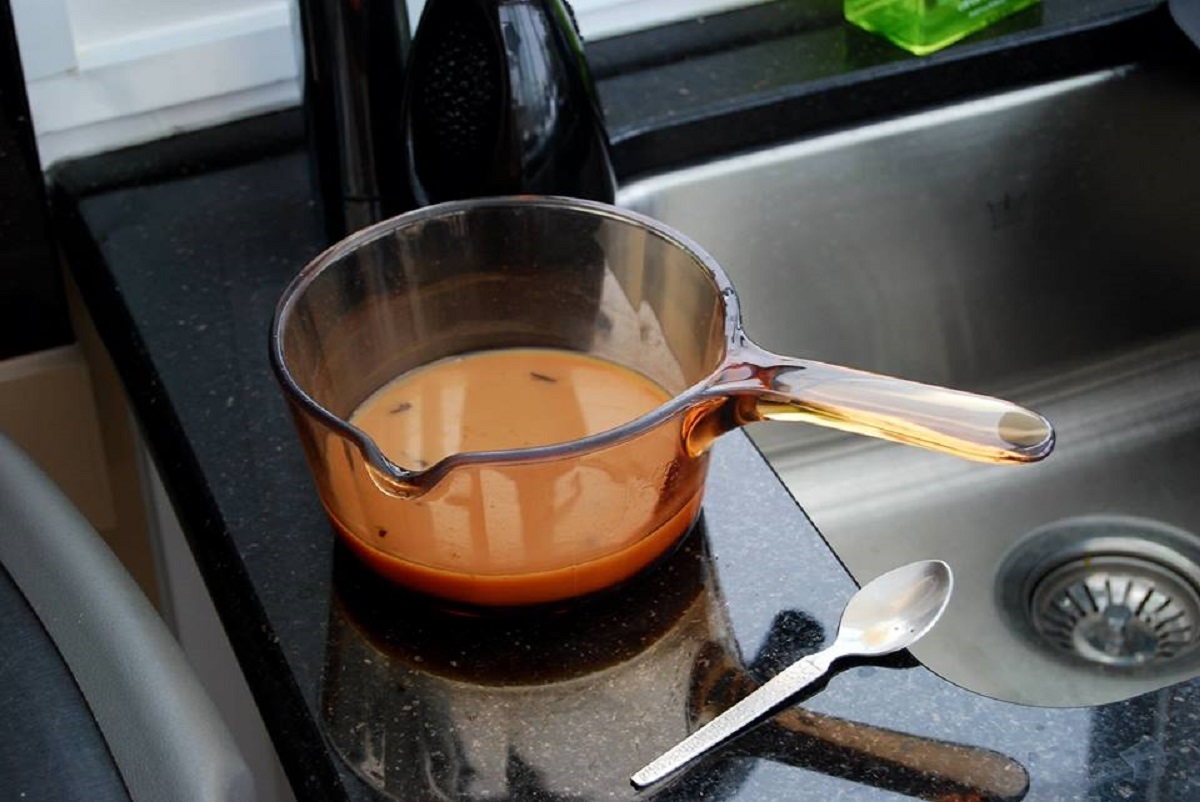
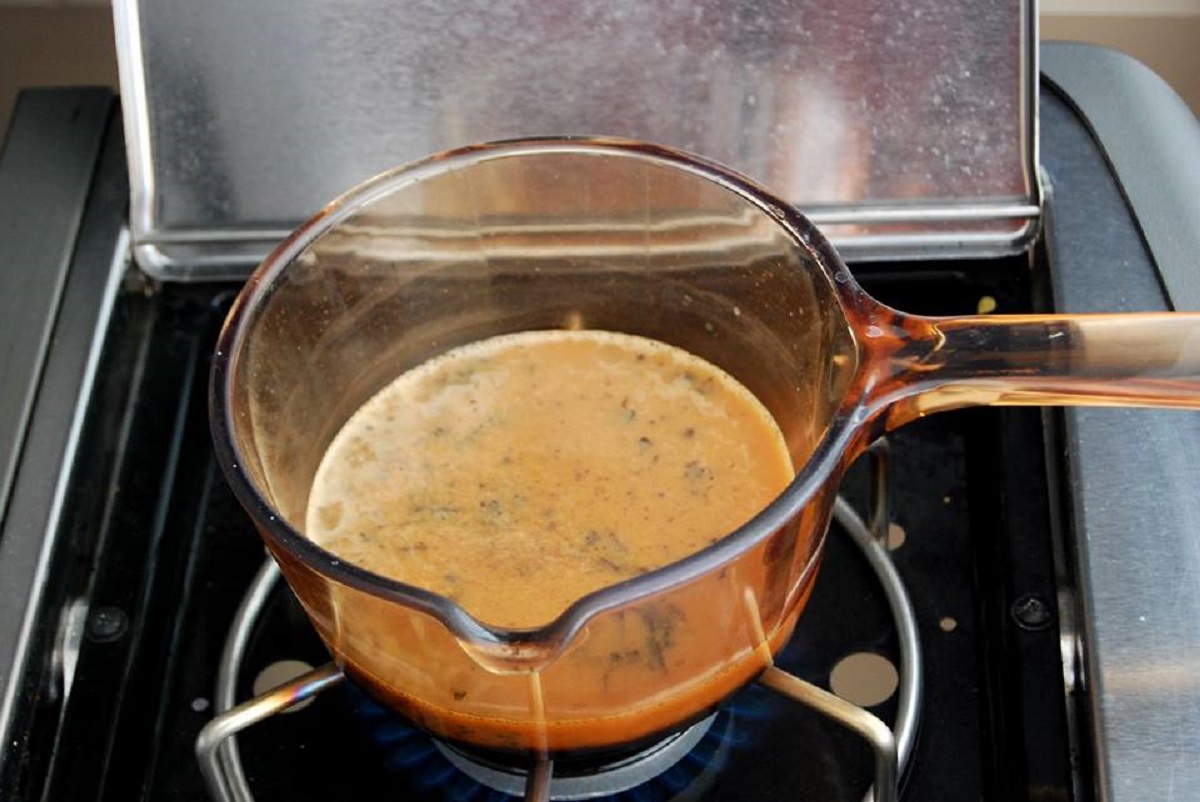
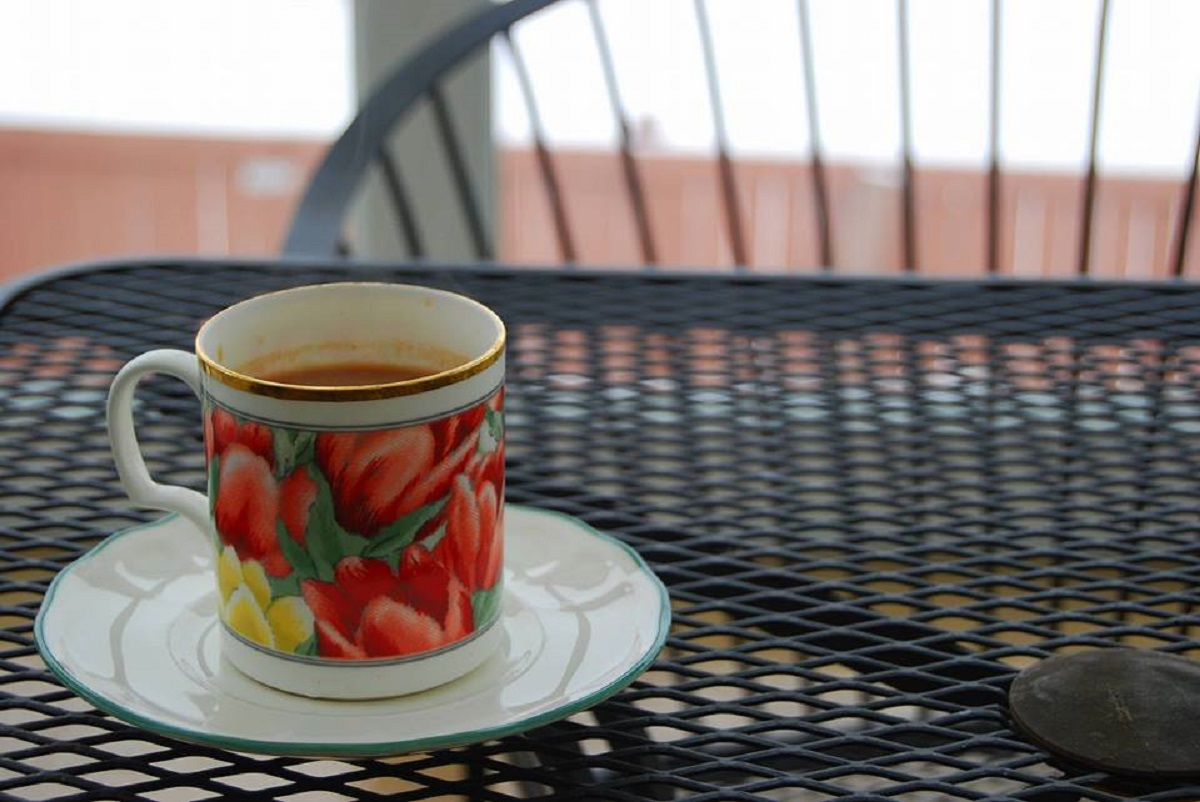


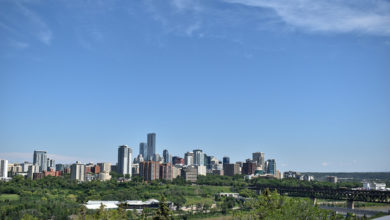

Please, please ignore the out-of-date advice to eat less saturated fat!
Saturated fat does NOT cause heart disease. Refined carbohydrates and sugar do.
The Sugar Industry bribed scientists at Harvard University in the 1960s to produce fake studies wrongly linking saturated fat with heart disease at a time when high-quality studies increasingly showed sugar as the real villain.
Human breast milk contains 60-70 per cent saturated fat, and the human brain the same amount. Furthermore, saturated fat in food strongly discourages overeating by promoting satiety and is responsible for much of foods flavour – without which vast amounts of sugar must be added to food! We were told to eat margarine. Eww, margarine is a petrochemical sludge made from highly refined, toxic solvent-extracted ‘vegetable oils’ which is an extremely unappetising GREY colour before it’s dyed yellow.
Full-fat dairy has been shown by numerous recent high-quality studies to protect against diabetes, heart disease and obesity.
Cutting saturated fat from the diet has caused widespread epidemics of diabetes, heart disease and obesity.
look at the French Paradox: France and the Inuit populations eat a diet rich in saturated fat yet suffer only around a third of the heart disease of those in Britain whose diet is comparatively much lower in saturates.
Consumers are thankfully wishing up and switching back to natural, healthful foods including butter, eggs, red meat and whole milk.